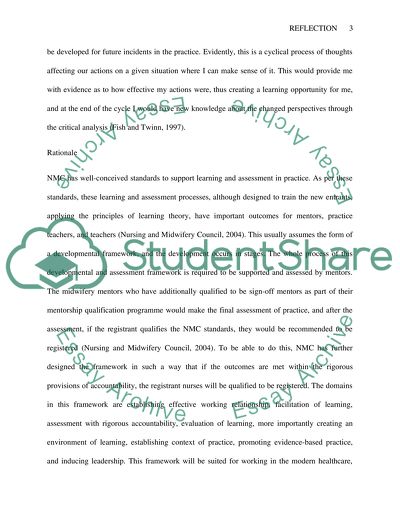Cite this document
(“Mentoring and Assessing Personal Statement Example | Topics and Well Written Essays - 2500 words”, n.d.)
Mentoring and Assessing Personal Statement Example | Topics and Well Written Essays - 2500 words. Retrieved from https://studentshare.org/education/1524049-mentoring-and-assessing
Mentoring and Assessing Personal Statement Example | Topics and Well Written Essays - 2500 words. Retrieved from https://studentshare.org/education/1524049-mentoring-and-assessing
(Mentoring and Assessing Personal Statement Example | Topics and Well Written Essays - 2500 Words)
Mentoring and Assessing Personal Statement Example | Topics and Well Written Essays - 2500 Words. https://studentshare.org/education/1524049-mentoring-and-assessing.
Mentoring and Assessing Personal Statement Example | Topics and Well Written Essays - 2500 Words. https://studentshare.org/education/1524049-mentoring-and-assessing.
“Mentoring and Assessing Personal Statement Example | Topics and Well Written Essays - 2500 Words”, n.d. https://studentshare.org/education/1524049-mentoring-and-assessing.


